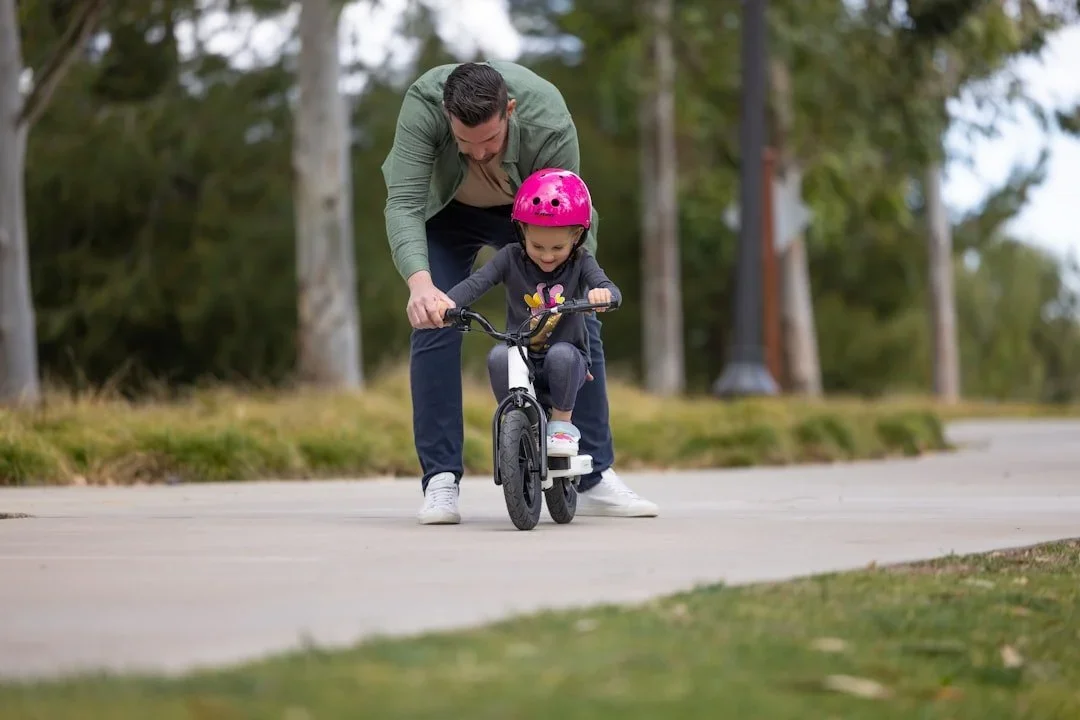
“Let’s Do It, Pa!”
*
“Let’s Do It, Pa!” *
My Personal Blog
Thanks for stopping by my personal blog page where you will find all of the blog segments that have been published.
Please note: they are in chronological order, with the latest one first and the first one (1.0) at the bottom or on a previous page. The numbers refer to the chapter of the source document from which my ideas arose.
15.1 - The Rhythm of Connection
In the quiet hours after supper, Jesus led his friends into the night and stopped among the vines. What followed wasn’t a lecture—it was a living metaphor. “I am the true vine,” he said, holding both a branch and a cluster of grapes. Connection, not control, was the lesson.
This reflection explores how faith grows through rhythm and relationship, not rule-keeping. From a father’s steadying hand to the quiet art of pruning, we learn that grace joins motion and trust finds its balance when the hand lets go.
Faith that fears correction becomes brittle. Faith that welcomes it stays alive.
14.2 - In the Rhythm of What’s Real
In the upper room, Jesus promised more than comfort—he promised partnership. “If you love me, keep my commandments,” he said, linking affection to action. The Spirit he describes is not a servant who works for us, but a helper who works with us. He strengthens our hands, steadies our hearts, and brings truth to remembrance when we’ve done the work of remembering. This is the rhythm of cooperation: God acting through us, not around us.
Peace, then, is not a gift dropped from heaven but a state discovered when our lives move in sync with reality—like breath and heartbeat finally finding the same tempo. In that alignment, we glimpse what Jesus meant when he said, “I do as the Father commanded me.” Love becomes rhythm. Obedience becomes resonance. And truth, once heard, begins to live within us.
13.2 - Two Roads Diverged: The Choice Between Survival and Surrender
In John 13, Judas and Jesus step onto two very different roads—one of survival, one of surrender. Judas followed instinct: rational, even noble-sounding at first glance. Jesus chose differently, not because he was immune to fear, but because he had practiced surrender in small ways for years. That training made obedience possible when everything was at stake.
Glory, Jesus says, comes when the hidden life within us breaks into the open—like a seed sprouting from the soil. Every choice we make plants something: seeds that grow into habits, habits that become character, character that decides which road we’ll walk when the hardest choices arrive.
Jesus gave his friends a compass: “Love one another.” Not a sentiment, but a strategy. Love is the road map for those who follow the way of surrender. The journey has no ETA, no finish line—only presence. Two roads still diverge before us. And the way we walk them becomes our life.



